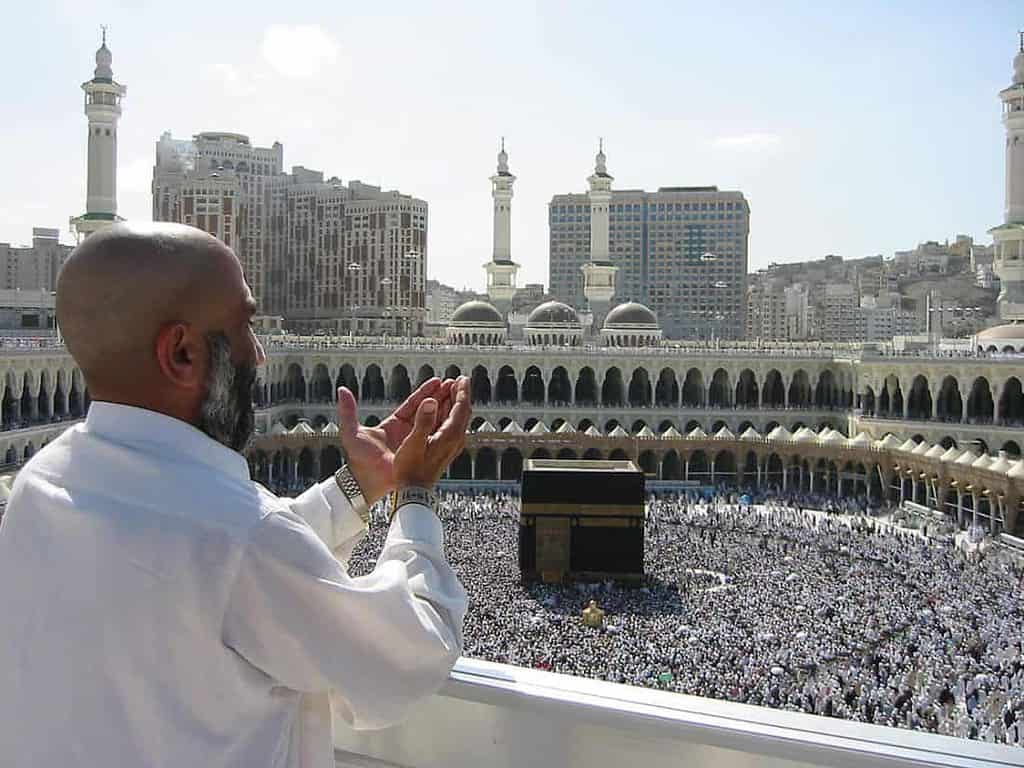 In a recent edition of our 30 Days booklet we included the moon in various phases near the titles in all the prayer articles. This is because our month of prayer takes place at the same time as the Muslim month of fasting called Ramadan. This month of Ramadan is determined by the Islamic or Muslim lunar calendar (corresponding to the lunar cycle from one crescent moon to the next). The Islamic lunar calendar is 354 days long and “retreats” each year by 11 days compared to the Western “Gregorian” Calendar. Therefore the Muslim lunar months do actually “shift” annually over a complete 33-year cycle. Ramadan is often, but not always, 30 days long.
In a recent edition of our 30 Days booklet we included the moon in various phases near the titles in all the prayer articles. This is because our month of prayer takes place at the same time as the Muslim month of fasting called Ramadan. This month of Ramadan is determined by the Islamic or Muslim lunar calendar (corresponding to the lunar cycle from one crescent moon to the next). The Islamic lunar calendar is 354 days long and “retreats” each year by 11 days compared to the Western “Gregorian” Calendar. Therefore the Muslim lunar months do actually “shift” annually over a complete 33-year cycle. Ramadan is often, but not always, 30 days long.
Do you use the moon?
Western urban dwellers hardly dream of using the moon for the calendar, yet for many peoples around the world the Islamic lunar calendar cycle is still a major way of understanding time.
In the Bible it is written that God said, “Let there be lights in the expanse of the heavens to separate the day from the night, and let them be for signs and for seasons and for days and years” (Gen 1:16). The Jewish calendar was specifically based on the lunar cycle. The names of the days of the week in the Arab or Muslim calendar have obvious origins from Jewish and Christian influence in Arabia.
The following is the list of the days of the week used especially by Arabs and in Islamic nations in general
1. youm al-ahad (first day) – Sunday
2. youm al-ithnayna (second day) – Monday
3. youm ath-thalatha’ (third day) – Tuesday
4. youm al-arba`a’ (fourth day) – Wednesday
5. youm al-khamis (fifth day) – Thursday
6. youm al-jum`a (gathering day) – Friday
7. youm as-sabt (Sabbath day) – Saturday
The first day of the week is Sunday, which is called “youm” (day) “al-ahad” (the first). There is also a Sabbath day (the seventh day), which certainly has Jewish roots, although its original significance as a day of rest has been lost. The present Muslim day of rest is “youm al-jum`a”, meaning the “day of assembly”, which corresponds to the Muslim day of mosque-centred worship (Friday). A Muslim “day” starts at sunset on the evening before the next day: this follows the biblical idea found in Genesis: “And there was evening and there was morning, one day.”
Pagan Origins?
It is particularly noteworthy that the Muslim names for the days of the week are remarkably less pagan than their Western counterparts. For example, the word Thursday was originally “Thor’s day” (Thor being the chief god of the Vikings) or – in Latin contexts – Jove’s day (Zeus’ day), which gave rise to words like “jeudi”, the French for Thursday. All the other names for days of the week used in most European and Western countries have similar origins.
How the numbering works
The Muslim numbering for years starts with Mohammed’s leaving Mecca to live in Medina in AD622 – an event called the Hegira. So for example, the year 2012 equates to the 1,433th lunar year since the beginning of the Muslim calendar.
It was not until the rise of the Ottoman Empire that the crescent moon and sometimes a pointed star became symbols that were strongly associated with the Muslim world. (These were not originally Islamic symbols: some Muslims want to remove them from Islam completely.)
Please note: The moon has never been an object of worship for Muslims, though it was an object of worship among Arabs before the rise of Islam.





If January and March lost a day, leap years would give February 31 days.